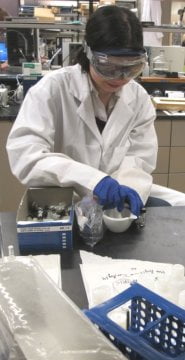When I travel, I try to avoid as much human/tourist contact as possible — that’s because I live in Bombay (Mumbai), which basically means I bump into more than my fair share of people almost on a daily basis.
Every year, my family and I plan a trip. This year, we decided we would visit some place in north-east India.
We fixed on Meghalaya, which means abode of the clouds in Sanskrit.
Meghalaya has always been one of my dream destinations. And what an enigma it’s been for me until now.
Here are some of the wonderful things you can do there.
1. Take a helicopter ride
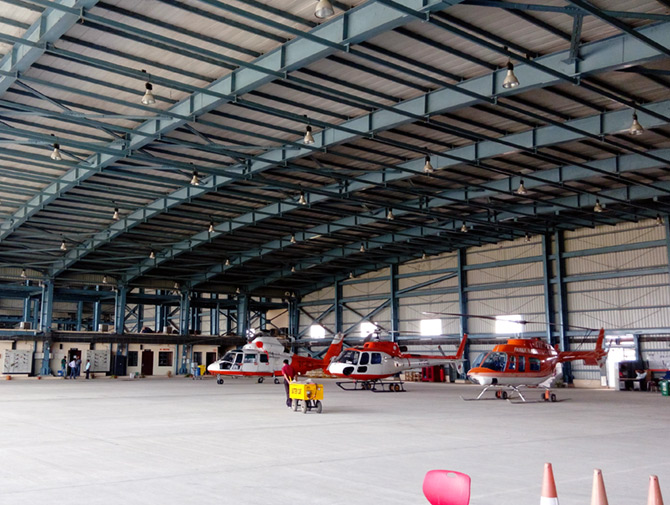
People usually opt to travel from Assam to Meghalaya by road — it’s approximately a three-hour drive.
You should take a 30-minute helicopter ride from Assam to Meghalaya.
For people who have never been on a helicopter — pre-booking is required — this ride can be a different experience and a pretty cheap one too.
The take-off was a thrilling experience.
Since the helicopter doesn’t fly at a very high altitude, one can enjoy the lush green forest cover throughout the journey.
You aren’t allowed to take photos though.
Cost: Rs 1,500 per person. The shuttles are from 9 am to 12.30 pm, Monday to Saturday.
You can get in touch with the Meghalaya Helicopter Service here.
2. Visit a sacred forest
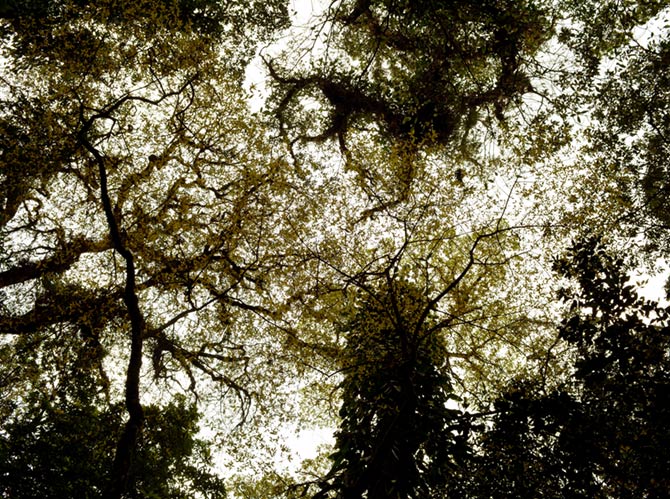
Mawphlang is a sacred forest situated in the east Khasi Hills, about 25 km from Shillong.
This 800-year-old forest is as beautiful a sight for your eyes as it is peaceful for the mind.
Its thick canopy will make you feel protected and is hugely comforting.
The locals have preserved this forest really well and made sure it has stayed untouched.
They have a tactic to maintain it that way — they try to scare you off by stating the dire consequences that happened to people who ‘misbehaved’ in the forest.
Unnecessarily plucking flowers or leaves, or urinating inside, littering or thinking bad thoughts and other such things, they advise, must be avoided.
Maybe that’s the secret to keeping the forest unharmed for so many years.
You can spend hours here… lying on the ground looking at the trees above, letting Nature soak into you.
It is an unbelievably splendid experience.
Cost: Rs 800 for the whole afternoon! Pick-up, wait and drop back at the hotel. You can get a better deal if you bargain well.
Get in touch with a local tour operator.
3. Experience a hailstorm
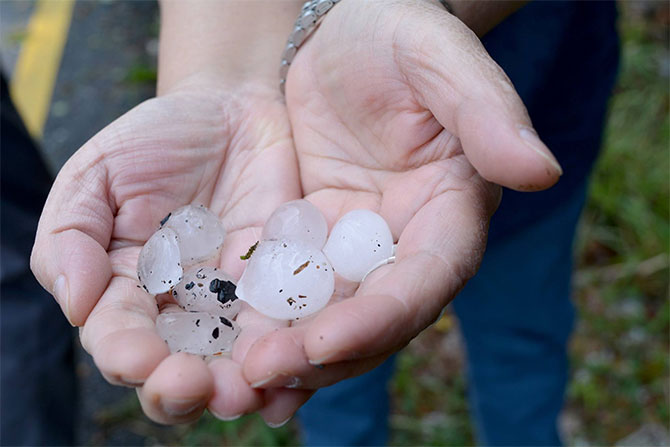
Right from an earthquake to massive rains, incessant lightning and even two hailstorms, we experienced it all on our trip.
The hailstorm was quite an exhilarating experience.
One moment it was raining heavily and the next moment it felt like we were in the middle of a gun battle… the hail crashing on our car made such a horrific sound.
We sat still because apparently the rainwater and hail on the road can make your car skid and drift.
I just said to myself, “This isn’t going to kill me.” And then it was not all that horrifying anymore.
4. Go monolith hopping

Our next stop was the Nartiang Monoliths in the Jaintia hills.
Monoliths are very unique to Meghalaya.
You will spot them almost everywhere if you are observant enough.
But Nartiang boasts of the most number of monoliths in one place and also claims to have the world’s tallest monoliths.
Again, it’s a place not too many people visit, which makes it easy for you to move around and leaves room for a lot of introspection.
This man-made sight is very pretty and provides a glimpse of the local culture and things they believe in.
5. Take a photo of the tallest waterfall

Meghayala is well-known for its waterfalls and limestone caves.
The Nohkalikai Falls — the tallest plunge waterfall in India — is special for its sheer size. It’s huge.
It was super misty when we got there and could only hear the huge roar of the falls; we were unable to see two feet away.
We thought we’d have to return disheartened, but, for a very brief period of five minutes, it all cleared up and the beautiful sight revealed itself.
Beautiful, but be warned, very touristy!
How to get there: It’s situated near Cherrapunjee, about 55 km from Shillong.
6. Walk through a limestone cave
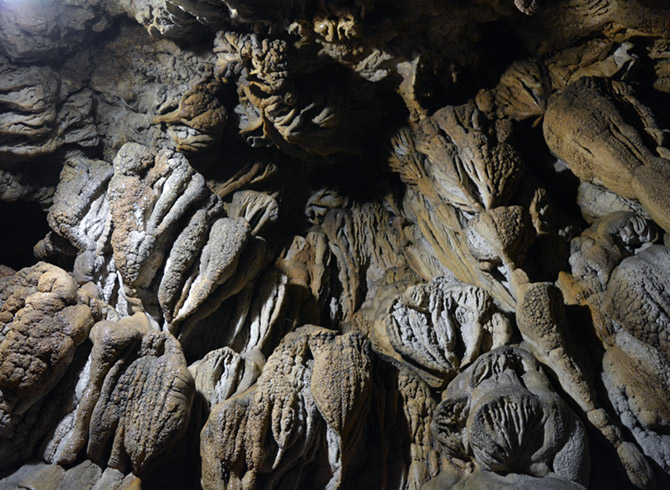
Mawsmai caves have beautifully formed stalactites and stalagmites, which are very well defined.
There are proper signs and lights to guide you through the route.
The caves are maintained in a way that they are open only from two points; one is the entry and the other is the exit.
The narrow passages through which you are to exit are pretty exciting, but definitely not for the faint-hearted.
People who feel claustrophobic might want to avoid it, as the very narrow and dark passageways could be scary for some.
How to get there: It is located at Cherrapunjee.
7. Experience the Umkar Living Root Bridge
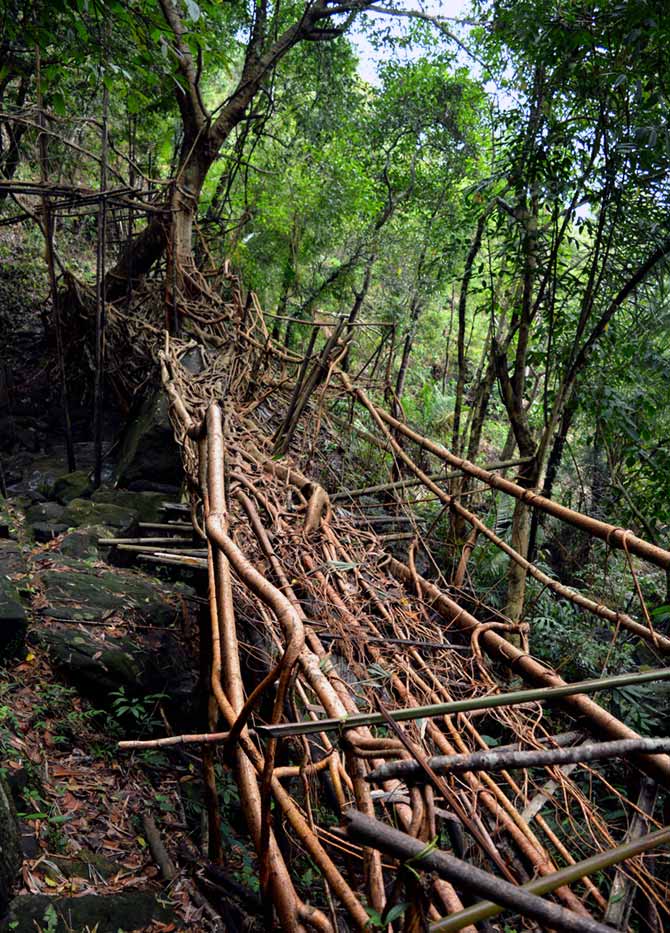
You will be awestruck by the living root bridges which are specific to Meghalaya. This is one thing you would not want to miss at any cost.
We got there around mid- April and luck didn’t seem to favour us, weather-wise.
It had already rained a couple of times; even the pre-monsoon showers are pretty crazy there.
We were told how dangerous it could be: the pathway would be too slippery, it wouldn’t be safe and we must avoid going there at all cost.
Disheartened, we returned to our room.
When you say ‘living root bridge’, people only think about the double-decker one (which by the way is one mad looking wonder, but it is a hike of about 8 to 9 hours).
But there are other bridges which are more accessible. I convinced my parents to give it a shot and, if we felt it was too risky, we could always give up on it.
So we went to the Cherrapunji Holiday Resort. You can stay there too; it is a beautiful place. Start your hike to the double-decker living root bridge early morning the next day.
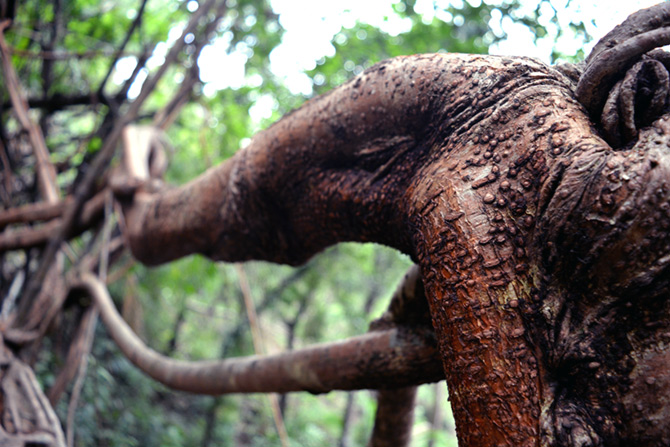
There are at least 4 to 5 living root bridges around; you can get maps at the resort. They also can help you out with a guide for a cheap price, a local who basically does this for extra income.
The one we ended up visiting is called the Umkar Living Root Bridge. It is 3.5 km (motorable road) from the resort and about a 1 km walk (to and fro). It isn’t a completely formed bridge.
The tree, basically ficus trees whose roots are directed by the locals/villagers into bridge-like formations, was 75 years old. The bridge itself was already 35 years old and it was not done yet.
It would probably take around 25 more years to be fully formed. In spite of that, the root bridge was a refreshing and unique sight.
I distinctly remember the first time I put my hand on the root get onto the bridge. I expected it to move a bit, but it didn’t and that absolutely blew my mind.
Just sitting on that bridge with the sound of stream running from underneath is almost therapeutic. Definitely worth a visit.
Tips:
- Anyone who knows anything about north-east India knows that there has been a history of unrest in most areas, until very recently.
- Of the seven north-eastern states, three states are considered safer than the others for tourists — Tripura, Assam and Meghalaya.
- You can move about within the states using local taxis.
- Bargaining will get you the cheapest deals and most drivers would like you to continue with them throughout, so they will charge you reasonably.
- There are buses or share taxis that take you around. These rides will definitely make for beautiful stories and memories.
[source;rediff.com]


